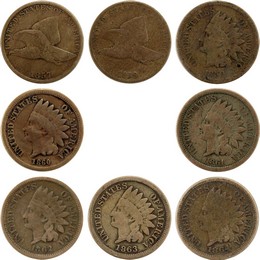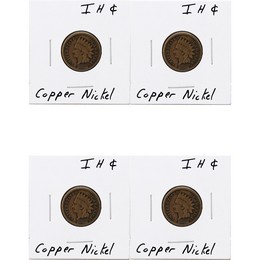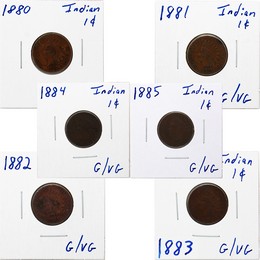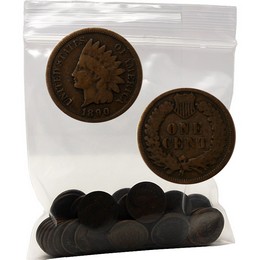Indian Cents (1859-1909)

The Historical Journey of the Indian Cent
The Indian Cent made its debut in 1859, symbolizing a significant evolution in American coinage. Designed by esteemed engraver James B. Longacre, the coin features Lady Liberty adorned with a Native American headdress. Its introduction marked a broader movement in the mid-19th century to modernize and beautify U.S. currency, addressing the practical needs of a rapidly changing economy.
During the Civil War (1861-1865), the Indian Cent gained prominence amidst economic turmoil. Coin scarcity led to widespread use of paper currency and tokens, with the Indian Penny offering a practical solution for everyday transactions. Its copper composition made it accessible and durable, solidifying its place in American hearts.
Over the years, the Indian Head Cent evolved, reflecting economic conditions and societal changes. In 1864, its composition shifted from an 88% copper and 12% nickel alloy to a simpler 95% copper and 5% tin and zinc mix, addressing production costs and enhancing durability. This change ensured the coin's circulation longevity.
By the early 20th century, the Indian Cent had become a cherished collectible, admired for its unique design and historical significance. It was replaced by the Lincoln Cent in 1909, marking the end of an era. Yet, the Indian Cent's legacy thrives, celebrated for its aesthetic appeal and connection to pivotal moments in American history.





